STL301: Those goggles ain’t gonna cut it
Mike, Vic, and Ben discuss vacuum bags, coping saw blades, and ammonia fuming.For more information about our eLearning courses
For more information about our Woodworking Fundamentals journey
Join us on our new Discord server!
Question 1:
From Kevin
I’m interested in diving into some bent lamination and veneer work in the future and was wondering if you had a recommendation for a starting size of a vacuum bag that may cover the basics. I’m thinking of veneer panels and smaller bent pieces like chair backs and doors. I already have a vacuum pump for a stabilizing pot for turning blanks, so I’m just looking for the bag itself. Any advice is appreciated. Thanks for a great show and my favorite magazine related to woodworking!
Question 2:
From Bill
I’ve always used my hardware store coping saw to cut my poplar/pine/MDF baseboards and crown moldings.
I recently bought a fancy fret saw — not super-duper blow-a-paycheck fancy, but fancy for me. I dream about wasting out hardwood dovetails and maybe cutting out some fancy bracket feet for a chest of drawers that I will probably never build.
However, here’s my question. which way are the coping/fret saw blades supposed to face — towards the handle or the front? Is this a push cut or a pull cut? Should I be using those fancy blades that have teeth that face opposite ways?
Is it different for a coping saw compared to a fret saw? does blade orientation depend on the thickness of the material?
I haven’t noticed much of a difference either way for myself, but maybe there is a “right way” in this case?
Question 3:
From Robert:
Thanks to Ben for the video comparing the 3 strengths of ammonia relative to fuming oak, and thanks to Chris Gochnour for his related article in issue 282. I’ve never done this before, so I’m a bit apprehensive. First I tried a bunch of samples using the household strength stuff. Even after two weeks, the darkening color change was somewhat subtle. Then I got 10% janitorial strength and it was crazy! 2 days darkened the wood beyond the darkest walnut. I’m finding that 6 to 12 hours on my samples gives a rich brown. But here’s the rub: My project wood is not all from the same tree, or even the same source, perhaps not even the same species (white oak? Swamp white oak? Coastal white oak?), so am I likely to wind up with a variety of shades on the final piece? Perhaps I should fume the pieces individually before assembly so that I take some pieces out earlier and leave other pieces to fume to the same shade? Am I overthinking this?
Instagram accounts to follow:
@ksullivanrestoration
@chem.thug
Vic’s band recommendation:
BadBadNotGood
Every two weeks, a team of Fine Woodworking staffers answers questions from readers on Shop Talk Live, Fine Woodworking‘s biweekly podcast. Send your woodworking questions to [email protected] for consideration in the regular broadcast! Our continued existence relies upon listener support. So if you enjoy the show, be sure to leave us a five-star rating and maybe even a nice comment on our iTunes page.
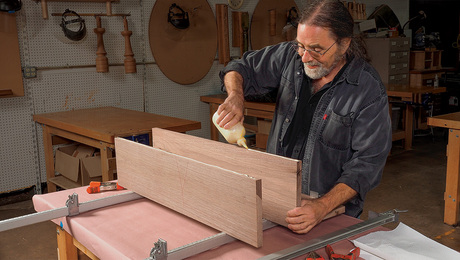
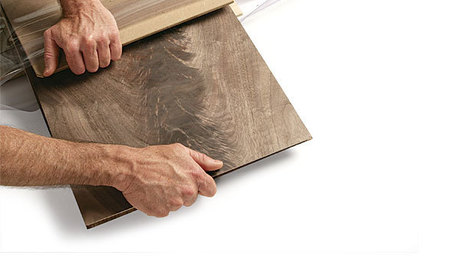
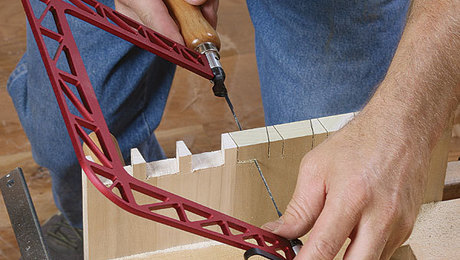
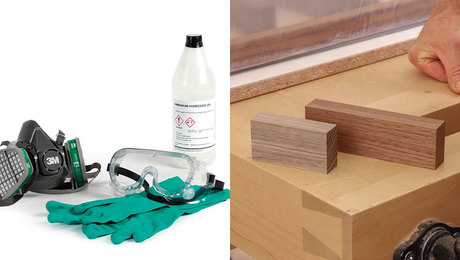
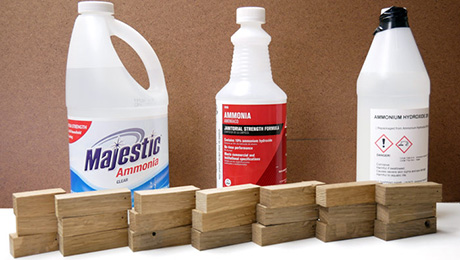






















Log in or create an account to post a comment.
Sign up Log in